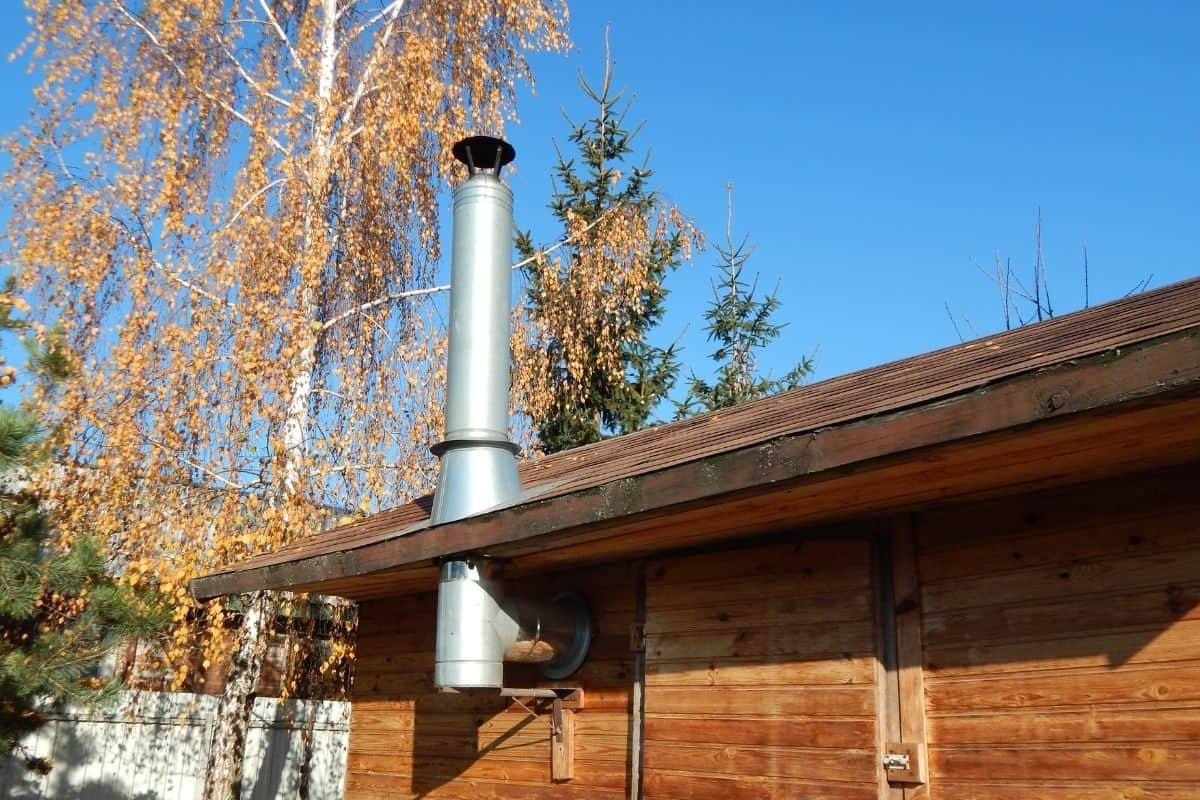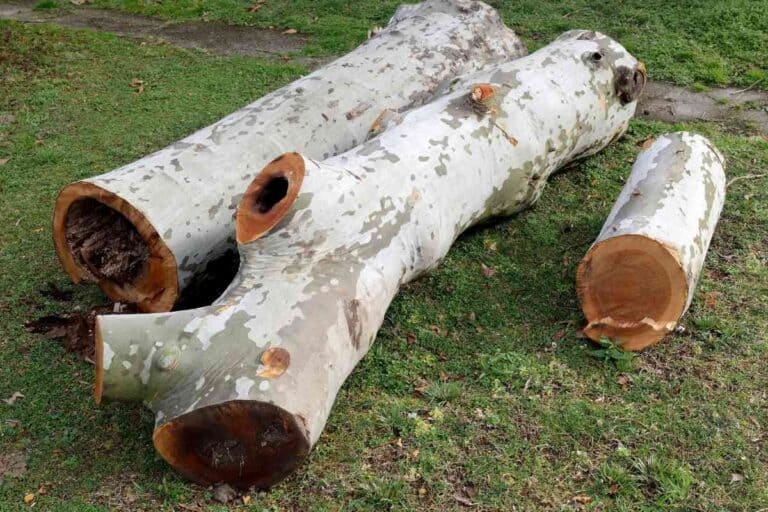How Heavy Is A Wood Stove? (Wood Stove Weight Answered)
There are several factors you’ll want to consider before purchasing a wood stove for your home, weight being one of them. Even the smallest wood stoves can be quite hefty, and this might affect other decisions you make regarding this appliance, such as ideal placement in your home and how you’re going to move your wood stove for installation.
Wood stoves can weigh anywhere between 50 to 800 pounds. This significant range is dependent on the stove’s overall size, model, and material makeup.
In this article, we will detail the overarching reasons behind a wood stove’s considerable weight and provide tips for moving these cumbersome objects. As you read, you’ll learn the best tactics for moving a wood stove from point A to point B when delivery to your doorstep isn’t an option. We’ll even show you how to get it up flights of stairs if need be.
What Makes Wood Stoves So Heavy?
People interested in obtaining their first wood stove might be puzzled by the weight range previously stated. How can a hollow box that burns wood weigh as much as 800 pounds? The answer, more or less, lies with the fact that, despite their overarching similarities in purpose, not all wood stoves are made alike, and those made to last come at a cost beyond their price tag.
There are three overarching contributors to a wood stove’s weight: size, material, and design. Overall, large, elaborate, high quality wood stoves built from caste iron will be the heaviest options available versus small, simple wood stoves made of steel.
Wood stoves, like many things, come in a range of sizes and designs to suit various needs, resulting in some weighing far more than others.
Material
Arguably the most influential factor here is what material the wood stove is made of. Because wood stoves need to endure high temperatures for extended periods, it is crucial that they’re made from the most durable and resilient materials
Typically, the highest quality wood stoves are made from caste iron, a notoriously heavy material that has to be at least an eighth of an inch thick in order to retain heat well (although wood stoves of this material tend to be thicker).
Few materials in existence can match cast iron’s durability, especially when it’s cared for properly. Pipes, skillets, and other products made from it can easily last anywhere from 50-100+ years, which is why it is a popular material used to make the best (and most expensive) wood stoves.
So, if you see that the wood stove you’ve been eyeing is made entirely of cast iron, expect it to weigh several hundred pounds, at least.
The most common alternative to cast iron for wood stoves is steel, which is much lighter by comparison. Of course, this varies depending on the steel’s gauge and if the wood stove is made entirely from this material or a mixture. That being said, if you’re looking for a wood stove that’s on the lighter (and cheaper) side, you’ll want to enter “steel” in your search filters.
Size
Right behind material in terms of the most influential factors of a wood stove’s weight is its size. It isn’t surprising to read that the larger an item is, the more it is going to weigh, regardless of what it’s made of.
This is something you’ll want to keep in mind when choosing the ideal wood stove for your space, as (again, unsurprisingly) if you’re trying to heat a large room or even several rooms with a wood stove, its going to need to be significant in size.
On average, a small wood stove measuring around 24 inches by 32 inches can only heat about 500 square feet of space or less. This is enough to heat the average bedroom, but if your goal is to rely on a wood stove to heat an entire cabin or one level of your home, you’ll need to upgrade in size.
Design
The last factor that plays a role here is your wood stove’s design, which can also tie in with its purpose. Most people who purchase a wood stove have one of three intentions for it: heat, cooking, or both.
Wood stoves boasting the simplest of designs are usually those meant solely for heat purposes, whereas those intended for cooking with have much more elaborate designs that could include features, such as:
- Shelves to set down pots, pans, and dishware
- Racks for utensils
- A cooktop
- Multiple compartments (ex. pizza/baking oven, fuel box, standard oven)
The more elaborate your wood stove’s design, the more material is necessary, the larger it will be, and the heavier it will weigh.

How Do You Move A Heavy Wood Stove?
So, you’ve decided to go all out and purchase a new wood stove that weighs several hundred pounds. On the bright side, the hard part of finding the perfect wood stove is over, on the downside, now you have to figure out how you’re going to move it.
The easiest way to move a heavy wood stove would be to hire a professional service to deliver, move, and install it. However, if you’d prefer to take the DIY route, you could feasibly move the stove yourself with the help of a dolly cart, some moving blankets, rope, and several helpers.
It is important to note that the ideal method of moving your wood stove is going to depend on its overall weight and dimensions. Most can be placed on a dolly and moved as long as they don’t exceed the dolly’s weight limit (600-800 pounds on average, although heavy duty dollies can carry up to 1200 pounds).
You’ll need several individuals to help you lift and balance the wood stove on the dolly and then lower and remove it. Covering the wood stove in moving blankets will help ensure the stove is not damaged during the moving process and does not cause damage to its surroundings.
How Do You Move a Wood Stove Upstairs?
The best way to move a wood stove upstairs is to place thick planks of wood on your stairs to create a flat surface.
You’ll then cover your wood stove in moving blankets, tie it up with rope, and either pull/push the stove up the stairs on the planks, or you can place the stove on a dolly cart and pull/push it up that way (the wheels on the cart will make this process infinitely easier).
Can You Put a Wood Stove in a Trailer?
Yes. Utility trailers and similar tools you can hook onto a truck are fantastic for moving exceptionally heavy wood stoves from point A to point B. Just make sure the trailer’s maximum weight capacity exceeds the weight of your wood stove.

Final Thoughts
The weight of your wood stove is a factor you’ll want to consider heavily before purchasing one.
Not only will you need to move your wood stove (which can be easily done using the method listed above) but you also need to ensure it fits in your space and its weight won’t be overbearing, especially for you flooring and/or foundation.
Remember to always base the size, design, and materials of your wood stove on your space’s capabilities.
Sources:






